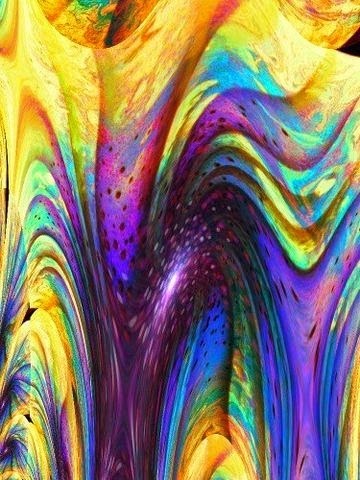Deep Learning for Object Recognition
The best Deep Learning Algorithm has to be the one that has the most reliable performance.
 “Deep Learning is a new area of Machine Learning research, which has been introduced with the objective of moving Machine Learning closer to one of its original goals: Artificial Intelligence.” (deeplearning.net). What about the types of different objects to be recognized? Are they static or in motion, what’re the toughest challenges in Deep Learning, and how to select the best “deep learning” algorithm to improve the performance?
“Deep Learning is a new area of Machine Learning research, which has been introduced with the objective of moving Machine Learning closer to one of its original goals: Artificial Intelligence.” (deeplearning.net). What about the types of different objects to be recognized? Are they static or in motion, what’re the toughest challenges in Deep Learning, and how to select the best “deep learning” algorithm to improve the performance?
Generalized object identification is being the hardest. Some organizations have achieved human level performance at analyzing images. They are getting close in video and voice. Some companies are using deep learning to extract personality traits from video with reasonable accuracy. You need to use very large data sets to train for images. In some cases, they have to use about 30,000 pictures of faces in order to have proper generalization and avoid overfitting. Furthermore, you need some extra tricks, like rotations and distortions. If your problem is unsupervised, then you may need much more data: hundreds of thousands of examples. But that depend a lot of the task you want to solve, generalized object identification being the hardest.
Set criteria to select the best algorithm for reliable performance: When look at the psychometric methods and what uncertainty in the form of error bars might be present in the predictions? There is no doubt that eventually an algorithm will beat human performance, but the problem is that there are now many different "deep learning" algorithms. And, each of these "deep learning" neural networks is a different algorithm in many details. So, it assumes that these different algorithms would give different performance under many scenarios. Which algorithm is the one that you should trust? It has to be the one that has the most reliable performance.
 There are still many arguments going on in Deep Learning algorithm research: How can any algorithm reflect what is going on in real neural networks when it takes an enormously large sample of learning trials, whereas real neural networks in primates show novel object recognition with very few learning trials? The claim from academics that "neural networks" were actually modeling the brain and so were beating or would soon beat human or primate performance is nothing new. But the problem is that each neural network algorithm published by these academics is a different algorithm and doesn't show the small sample learning in real neurons. How can each algorithm be a reflection of real neural networks when each is a different algorithm? For that reason, it is very important to see their research methods and whether appropriate blinding of modelers was used, etc.
There are still many arguments going on in Deep Learning algorithm research: How can any algorithm reflect what is going on in real neural networks when it takes an enormously large sample of learning trials, whereas real neural networks in primates show novel object recognition with very few learning trials? The claim from academics that "neural networks" were actually modeling the brain and so were beating or would soon beat human or primate performance is nothing new. But the problem is that each neural network algorithm published by these academics is a different algorithm and doesn't show the small sample learning in real neurons. How can each algorithm be a reflection of real neural networks when each is a different algorithm? For that reason, it is very important to see their research methods and whether appropriate blinding of modelers was used, etc.
Deep learning is part of a broader concept of machine learning methods based on learning representation of data. It’s still an emergent arena in machine intelligence, as its name indicated, there’s deep learning needed for either object detection, segmentation, or recognition, etc., but it becomes a fundamental vision for digital computerization.
Follow us at: @Pearl_Zhu
Published on May 03, 2015 23:25
No comments have been added yet.



